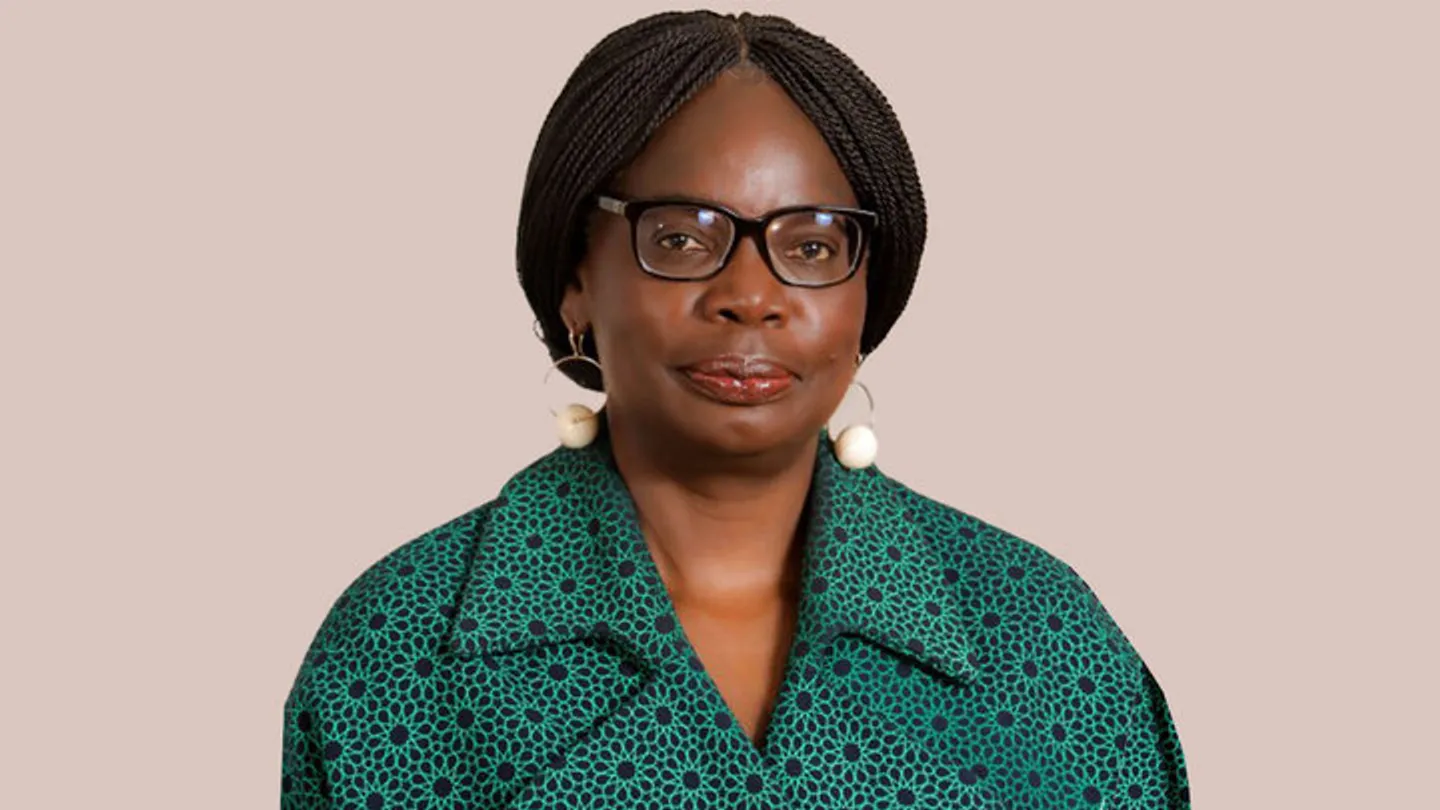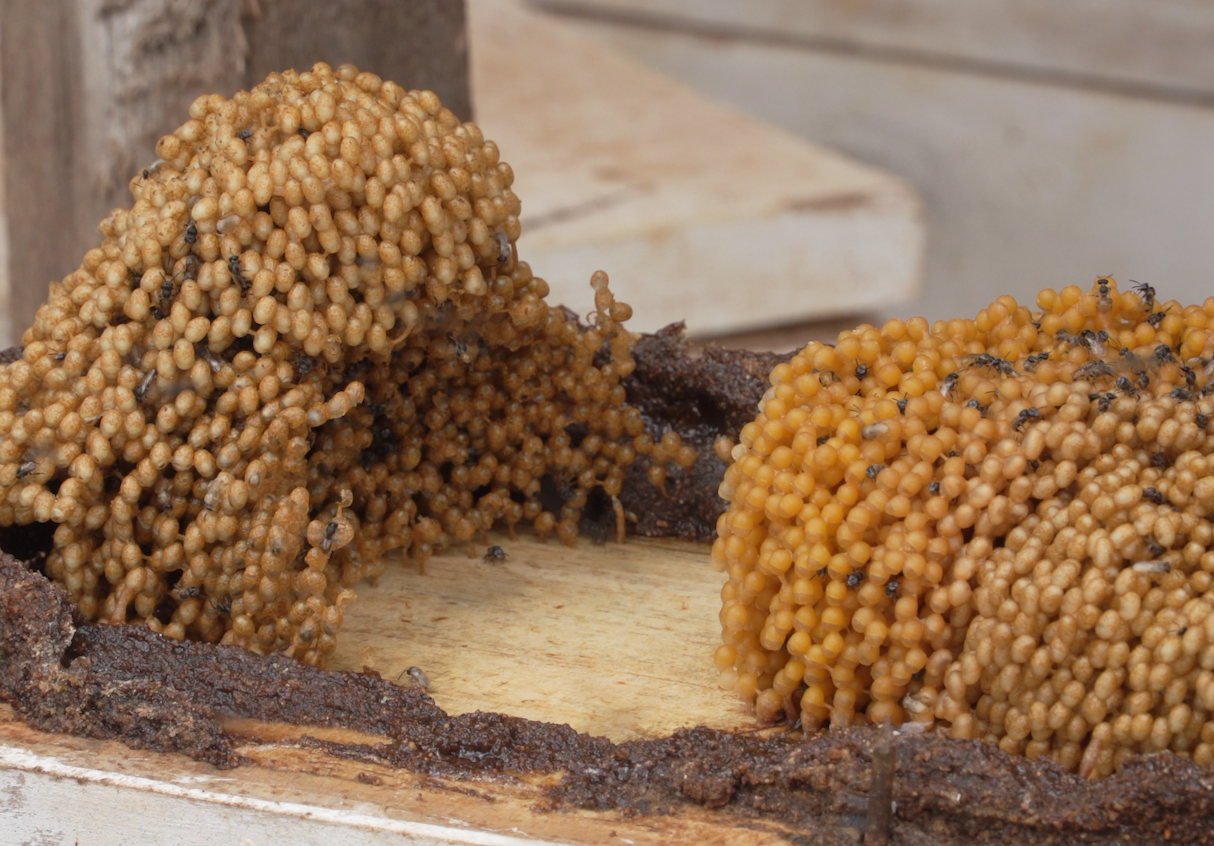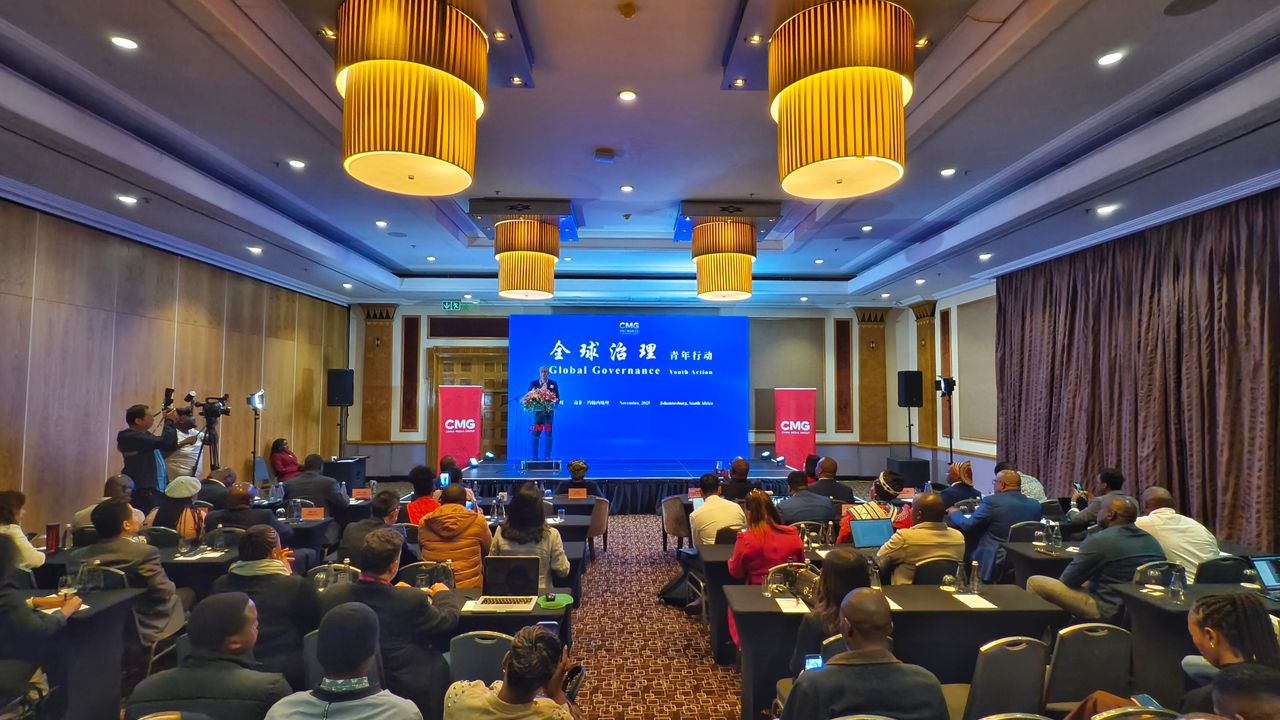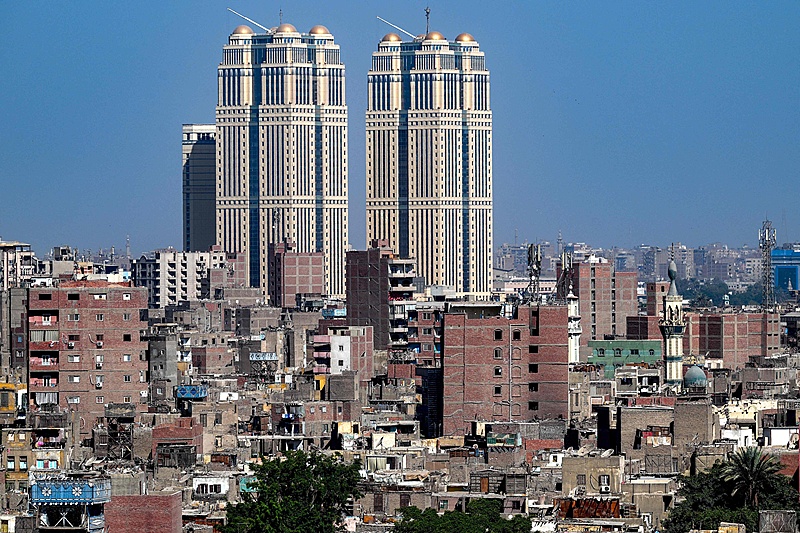#AfricanFashion: Headscarves becoming a fashion symbol
Headscarves have been for many years worn by African women for religious, cultural reasons and even as a fashion statement. They are a common feature in ceremonies such as weddings and even funerals.
Many also love the convenience of it – it can be a quick fix for a bad hair day.
Very colorful and flamboyant, headgears come in different fabrics and designs.
In Nigeria, they are popularly known as gele. In South Africa and Namibia, they are known as Doek. In Malawi and Ghana, they prefer to call them Dhuku. The headscarves have evolved over the years-becoming larger and brightly coloured.
Nigeria’s gele can be incredibly elaborate and is usually starched so the material becomes stiff to hold its shape. How a Yoruba woman wears her headscarf can be a sign of her marital status – if worn with the ends facing down its means a woman is married and if worn with the ends up, she is single.
CCTV’s Kelechi Emekelam explores the secret behind the brightly coloured ornamental head scarf that has been an integral part of dress code for women in Nigeria.
In South Africa, many young women are choosing to celebrate their culture and embrace their fashionable head scarves.
Recently, a news reporter for ENCA, an independent news channel trended on social media after it emerged that her story had been taken off air because she filmed it wearing a doek. The hashtags #RespekTheDoek and #DoekTheNewsroom trended for a number of days in the country with many people – including men and even women from all racial groups – wearing a doek to show their support for the young journalist. The channel, while explaining that its dress code does not allow on-air journalists to wear headgear to work, has said it is now reviewing that policy.
CCTV’s Julie Scheier tells us how South African women are embracing the fashionable head scarves.
Here are the different names given to headscarves in the different African countries:
- South Africa – Doek
- Malawi/ Zimbabwe – Dhuku
- Ghana – Duku
- Nigeria – Gele
- Sudan – Tarha
- Sierra Leone – Enkeycha
- East Africa (Swahili) – Kilemba
- DR Congo (Lingala) – Kitambala
- Rwanda/ Burundi – Igitambara
- Uganda – Ekitambala (Luganda)/ Latam wich (Acholi)
- Zambia – Chitambala






